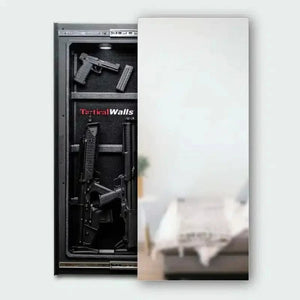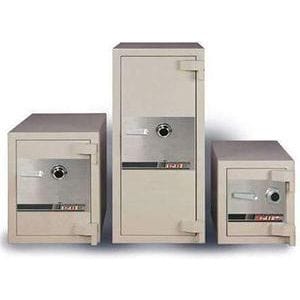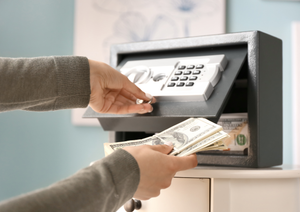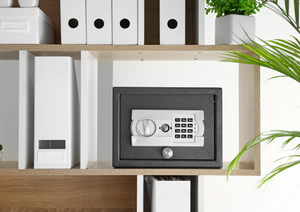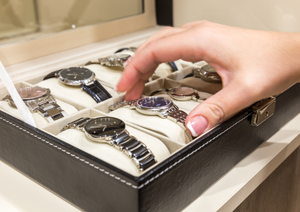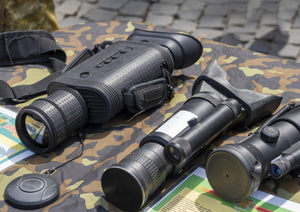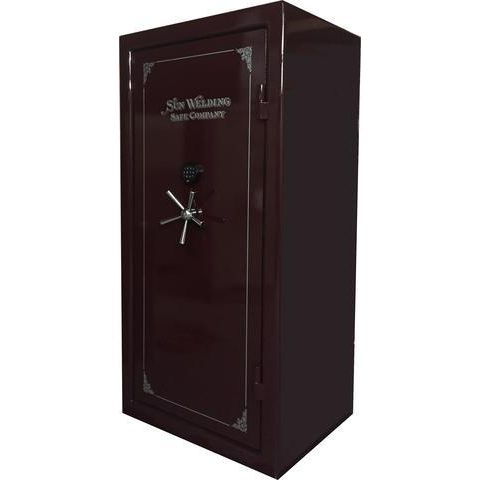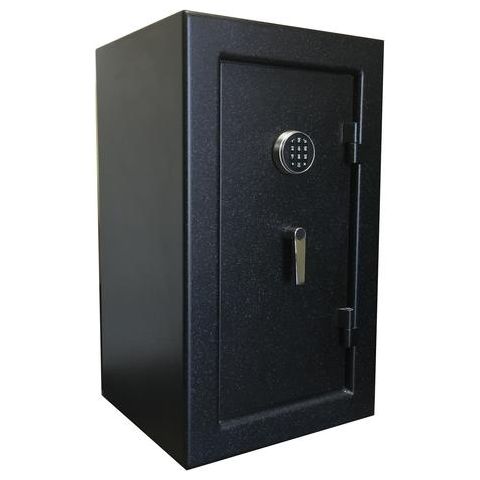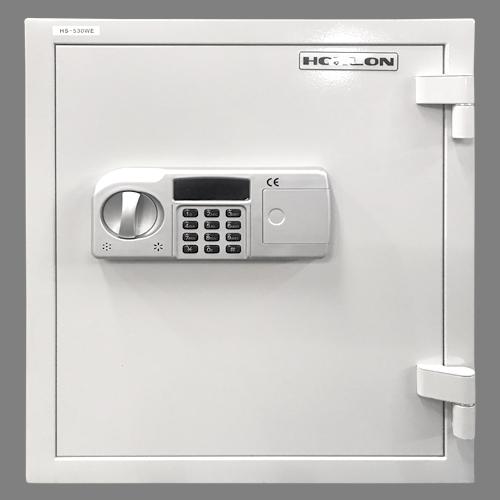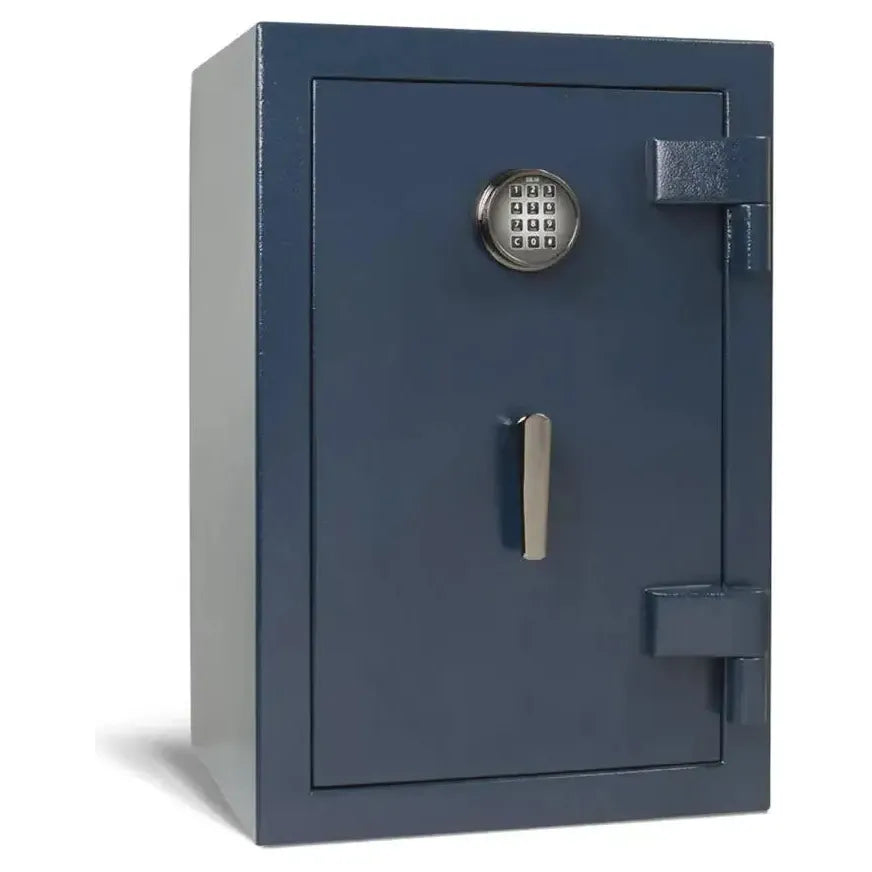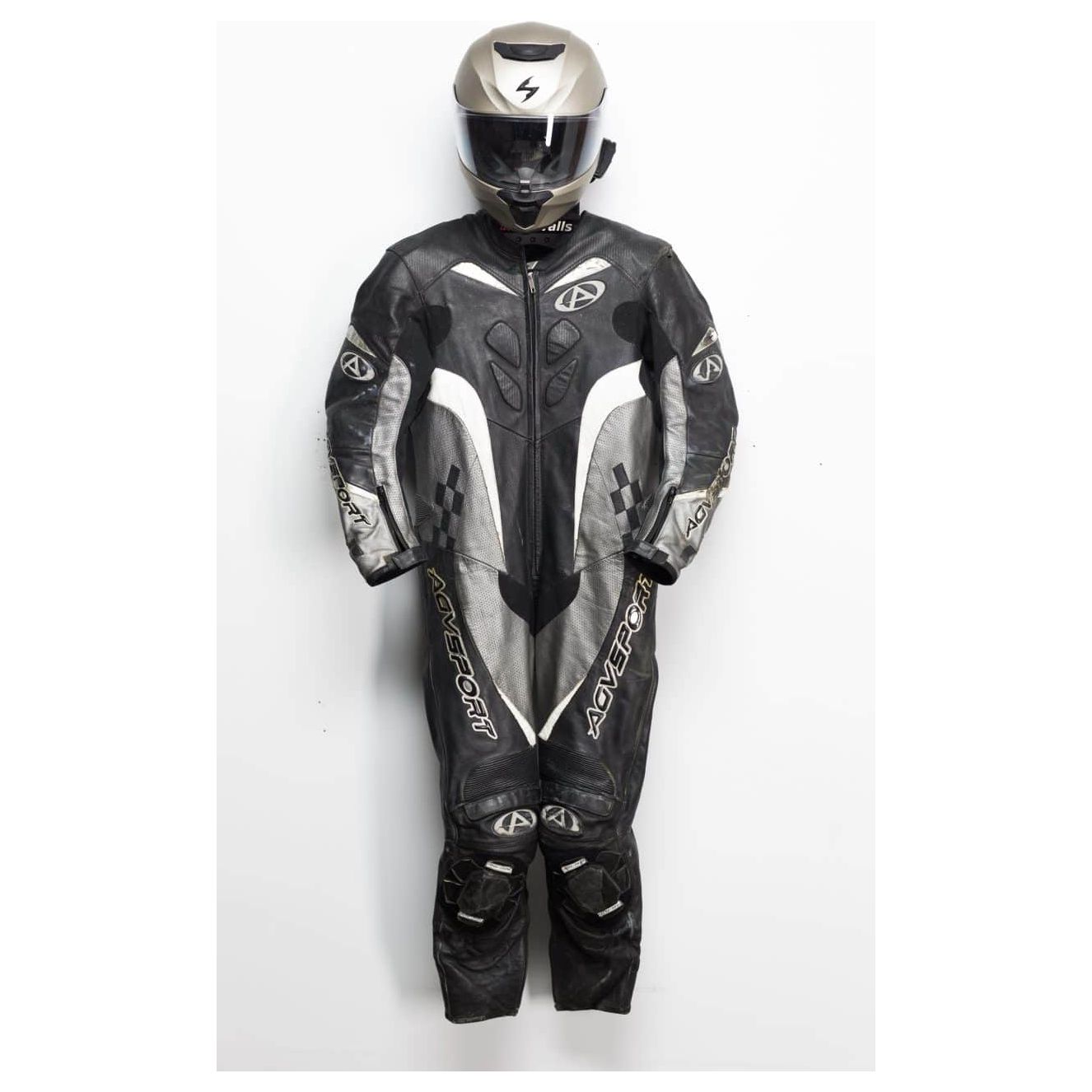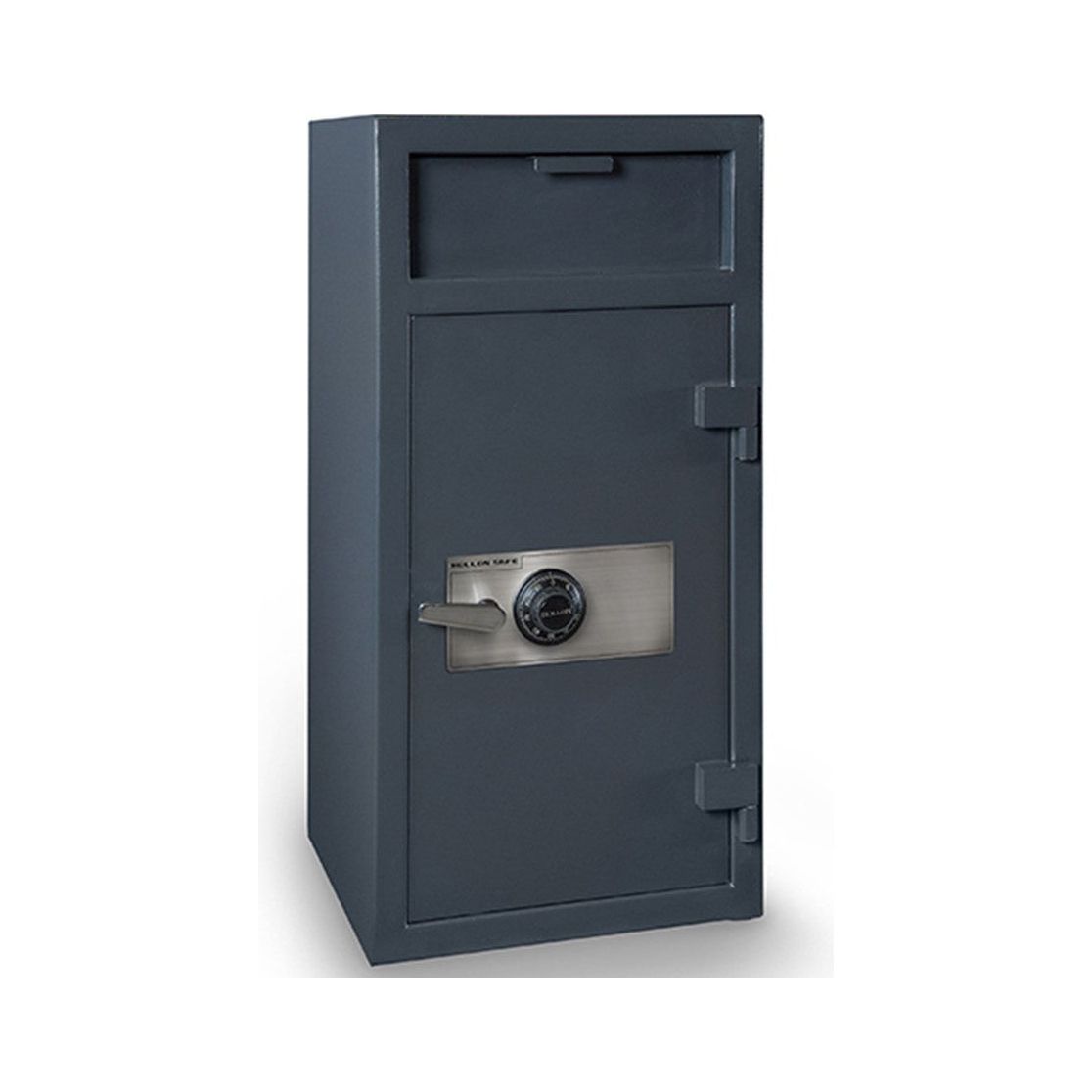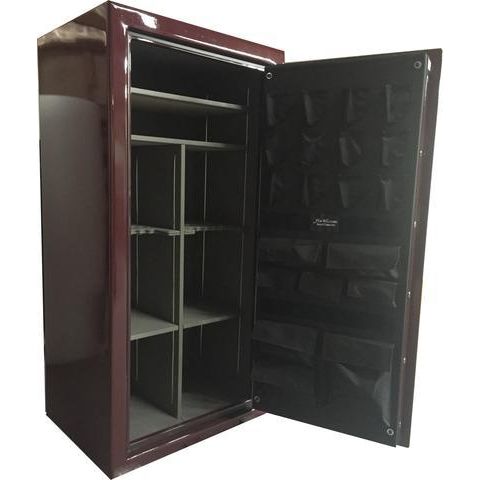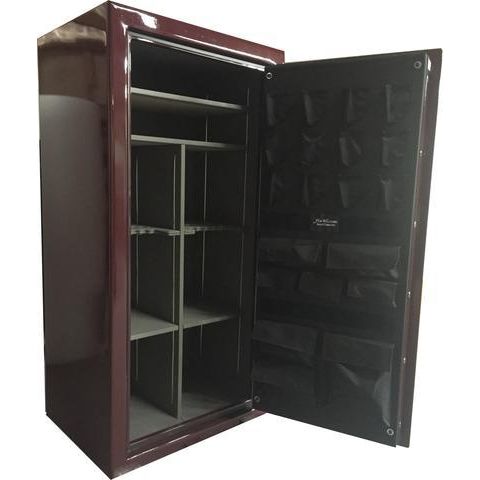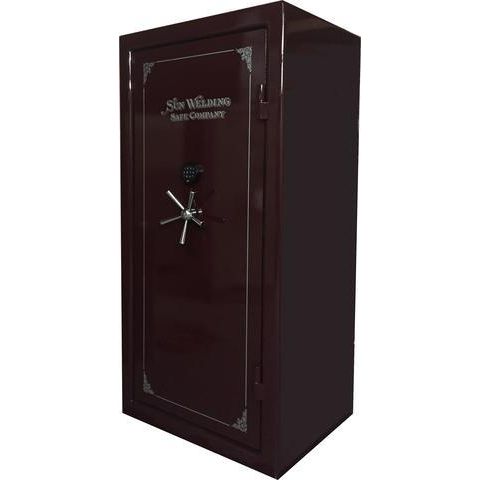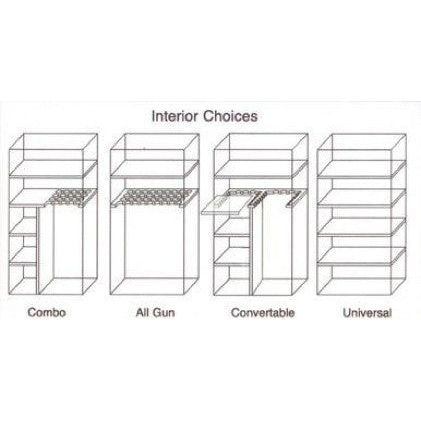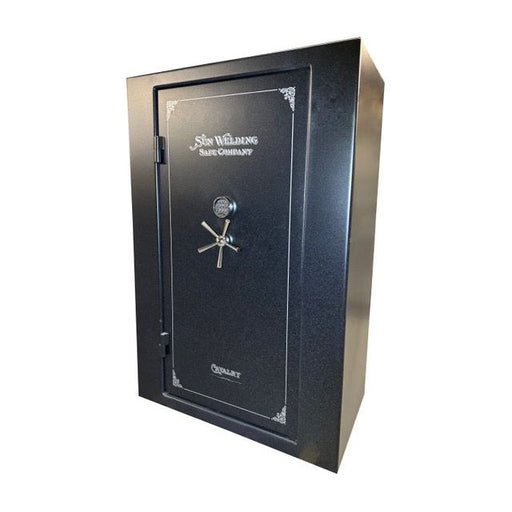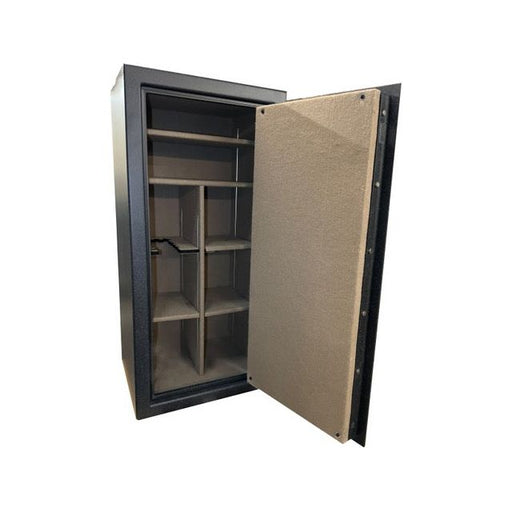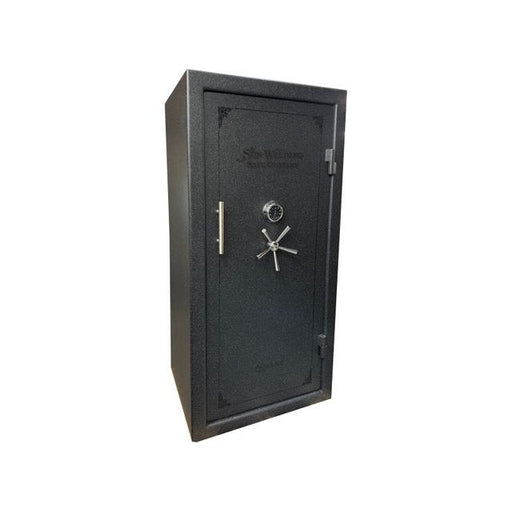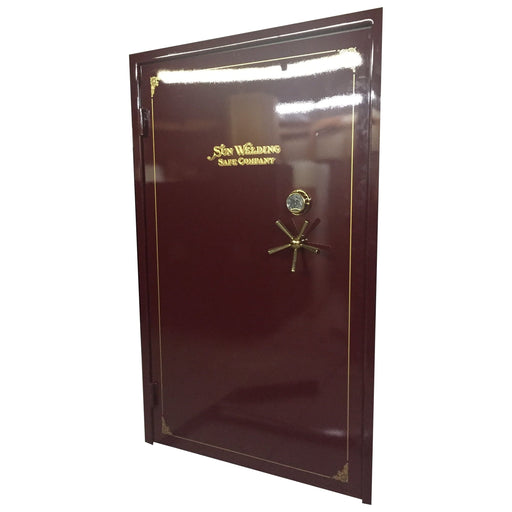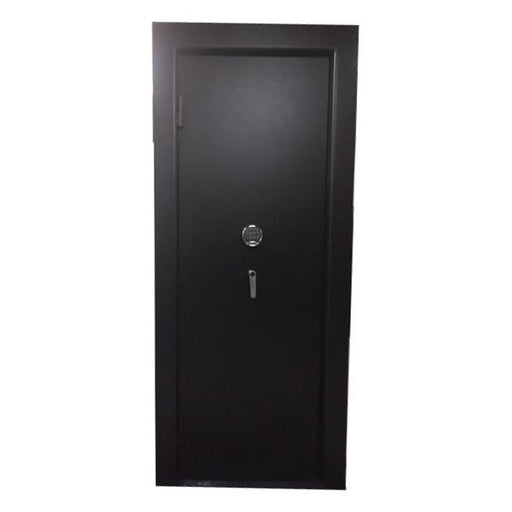
A home safe is a valuable investment that protects your most treasured belongings and provides peace of mind. To ensure that your home safe continues to serve its purpose effectively, regular maintenance is essential. In this blog post, we will explore key tips for maintaining your home safe to ensure its longevity and enhance its security features. By implementing these maintenance practices, you can preserve the integrity of your safe and keep your valuables secure for years to come.
Regular Cleaning and Dusting
To maintain the functionality and appearance of your home safe, regular cleaning is important. Dust and debris can accumulate over time, potentially affecting the locking mechanisms and overall performance. Use a soft cloth or brush to gently remove any dust or dirt from the exterior and interior surfaces of the safe. Avoid using harsh chemicals or abrasive materials that may damage the finish.
Lubrication of Moving Parts
Periodically lubricating the moving parts of your home safe is crucial for smooth operation. Consult the manufacturer's guidelines to determine the appropriate lubricant to use, as different safes may require specific types. Apply a small amount of lubricant to hinges, bolts, and locking mechanisms, ensuring they move freely and without resistance. This simple step helps maintain the integrity of the safe's locking mechanism and prevents unnecessary wear and tear.
Combination or Keypad Maintenance
For safes with combination locks or electronic keypads, it's essential to regularly change and update the access codes. This practice enhances security by preventing unauthorized access. Additionally, test the lock or keypad periodically to ensure it functions properly and responds promptly. If you notice any issues, such as buttons sticking or the lock becoming difficult to operate, contact a professional locksmith for assistance.
Placement and Environmental Considerations
The location of your home safe can impact its longevity and security. Place your safe in a dry, climate-controlled area, away from direct sunlight or extreme temperature fluctuations. Moisture and humidity can potentially damage the internal components and cause corrosion. Avoid placing the safe near water sources or in areas prone to flooding. Additionally, consider anchoring the safe to the floor or wall for added security and stability.
Regular Inspection
Perform routine inspections of your home safe to identify any signs of damage or tampering. Check for loose bolts, dents, or scratches that may compromise the integrity of the safe. If you notice anything unusual, contact a professional locksmith or the manufacturer for further evaluation and repairs.
Conclusion
Regular maintenance is vital for preserving the longevity and security of your home safe. By following these simple yet important tips, you can ensure that your safe continues to provide optimal protection for your valuables. Remember to clean and lubricate regularly, maintain the combination or keypad, choose an appropriate location, and perform routine inspections. By taking these proactive steps, you can enjoy the peace of mind that comes from knowing your home safe is well-maintained and ready to protect your most cherished belongings.


